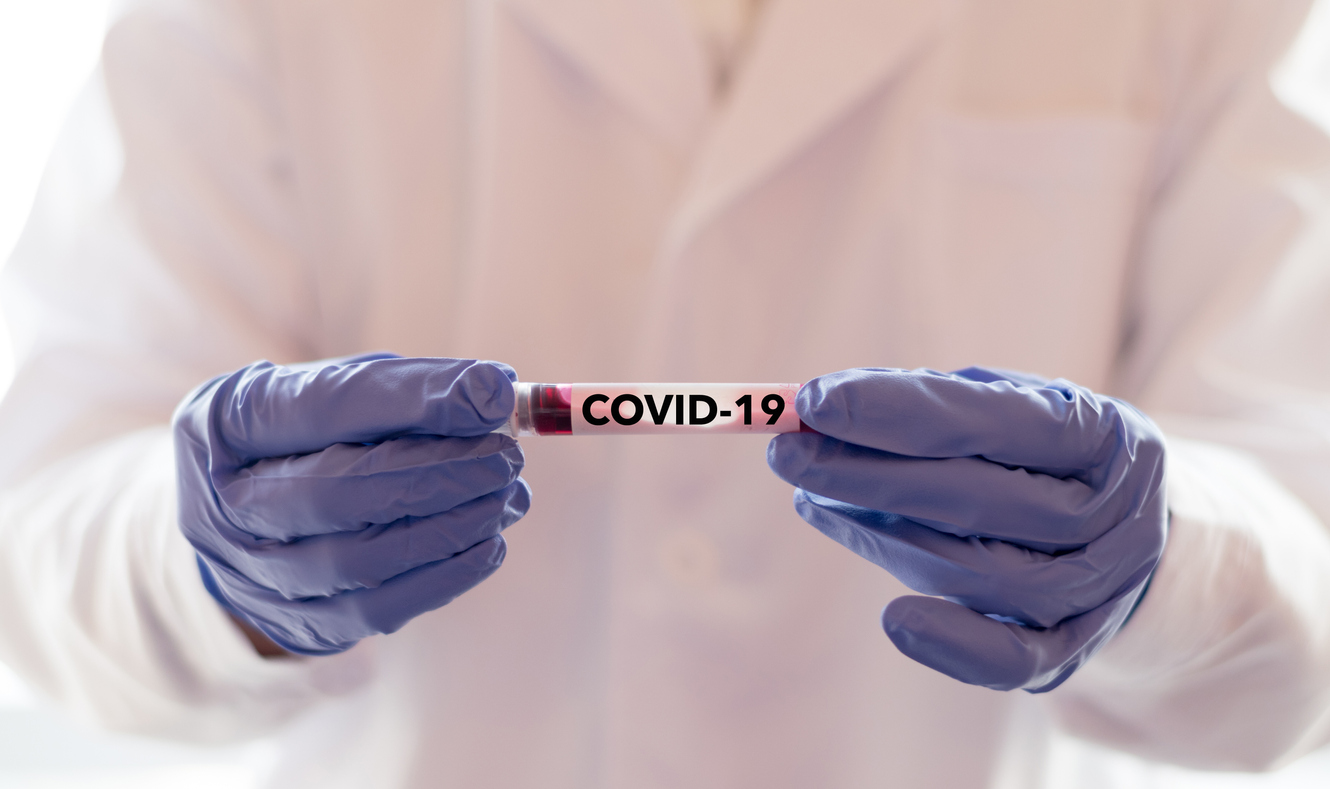What does COVID-19 mean for road safety?

From travel, to work, to entertainment, there is no doubt that Covid 19 has changed about every aspect of our lives. Health restrictions have caused more of us to stay home for long periods of time. Many of us now work from home, limiting automobile travel to the essentials, such as trips to the grocery, bank, and healthcare visits. Less travel means fewer people are on the road. Covid 19 has affected road safety in some surprising ways.
Fewer Available Resources for Road Repair and Safety
Heightened healthcare needs mean that resources are diverted to meet that need. Time, energy, attention, and funds normally used for such things as road and highway repair, infrastructural improvements, and planning future road safety policy and advocacy, are being used elsewhere. Many communities have had to place road and highway repair on the back burner in the short term. This includes basic road repair. Drivers must remain alert to possible potholes and pavement issues. Decreasing driver speed can help.
Infrastructural work on bridges, mass public transportation, tunnels, and railways, has also been put on hold for the time being. Decreased pubic use and uncertainty about the duration of the Covid crisis are the main factors driving these holds. As we move into reopening, these projects may be reevaluated to better meet needs.
Increased Pedestrian and Bicycle Traffic
With protracted quarantining comes the need to get out and exercise. People have been leaving their homes for walks and bicycle rides to relieve boredom and to exercise. That means more pedestrians, more bicyclists, and more opportunities for injury. Maintaining social distancing often drives pedestrians and cyclists to walk into the street to avoid crowding. They do not always remember to look before stepping out into the street. Drivers must decrease speeds and engage in less distracted driving to avoid accidents.
Communities are responding by limiting cars on some streets. Communities are also reconfiguring downtown areas to accommodate outside dining and curbside pick-up from stores and restaurants. This can mean closing some streets to through traffic. Other communities are narrowing lanes and reconfiguring parking to allow extra dining tables and curbside pickup. Drivers should be aware of possible changes before heading out to these areas.
It’s Not All Bad: There are Positive Aspects as Well
Fewer cars means fewer car accidents and car accident deaths. It also means less greenhouse gas emissions and lower pollution levels. In a recent study in California, it was estimated that California traffic accidents have been cut in half during the quarantine period. The same study found a 40% decrease in trauma-related hospitalizations in the area studied.
But, as hospitals and medical clinics have been inundated with Covid patients, there are also fewer resources available to accident victims. Ambulances, hospital beds, and healthcare staff are often in short supply. This leaves fewer resources available for trauma patients. Accident victims can wait longer for emergency personnel to arrive at an accident scene and wait longer for care at a hospital.
Reopening, Rethinking Our Relationship to Transportation and Road Safety
As we head into reopening in many areas, our experiences during quarantine may shape our thinking and planning for years to come. We may rethink and reimagine policies regarding mass transit, commuting, and our relationship to our cars in general.
The movement toward increased pedestrian and bicycle traffic had its beginnings before the pandemic struck. It may continue to grow and affect how our roadways look and function.
We don’t know when Covid will end, but we know we will be changed as a result. If people continue to work from home, our attitudes toward such things as commuting, freeway travel, and public transportation may be affected for years to come.
Do you have questions about road safety in your city?, Contact us and we’ll get back to you.
